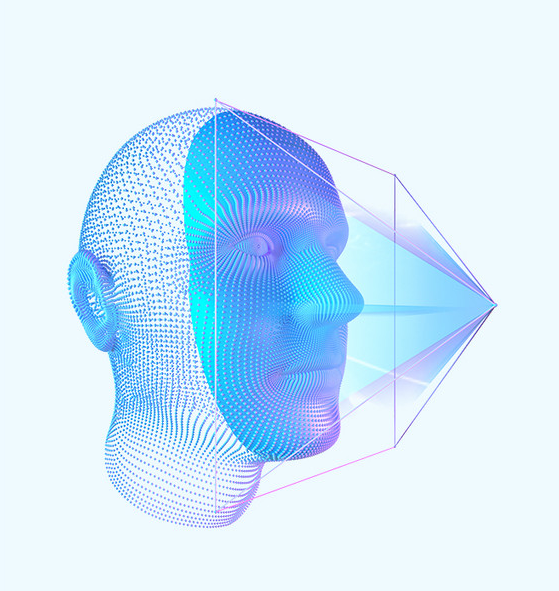
[ Gearbest Technology News]On July 14, the “Digital Chat Station” revealed that domestic under-screen 3D facial recognition technology has entered the version testing stage in the laboratory of a manufacturer, which means that domestic under-screen 3D facial recognition technology is gradually maturing and may be applied to the smartphone market soon.
As a major innovation in the smartphone field in recent years, under-screen 3D face recognition technology aims to completely hide the 3D face recognition module under the screen, thereby achieving a more concise and comprehensive screen design. Compared with the traditional 3D face recognition technology that adopts a notch screen design, this technology not only improves the aesthetics of the phone, but also provides users with a larger display area and a better visual experience.
The core of this technology lies in its complex structured light system, including multiple precision components such as infrared lenses, dot matrix projectors, flood sensing elements, etc. These components need to be integrated under the screen while ensuring the accuracy and speed of recognition are not affected.
In terms of experience, compared with ordinary 2D face recognition, 3D face recognition can provide higher security by capturing the three-dimensional information of the user's face. Even in dark or complex environments, it can effectively prevent deception of flat images such as photos and videos. In addition, the speed of 3D face recognition is also very fast, and it can almost achieve the effect of unlocking in milliseconds, greatly improving the user experience.
However, under-screen 3D facial recognition technology also faces some challenges. First, due to the need to integrate multiple precision sensors under the screen, this puts higher requirements on the light transmittance and thickness of the screen, increasing the complexity and cost of the manufacturing process. Secondly, how to ensure recognition accuracy without affecting the overall performance of the screen is also an urgent problem to be solved.
Regarding the first launcher of this technology, the outside world currently speculates mainly to the two major companies Huawei and Xiaomi, but there is no definite basis for the time being.






